Meet Yingzhi He | Urban designer & Artist

We had the good fortune of connecting with Yingzhi He and we’ve shared our conversation below.
Hi yingzhi, what led you to pursuing a creative path professionally?
I’ve always been curious about the world around me — especially how people interact with spaces, cities, and the environment. I first explored those feelings through painting and photography. Later, when I got into architecture and urban design, I realized that design isn’t just about making things look good — it’s really like the medium between people and the world around them. To me, architecture, and other spatial design broadly, have the potential to guide, reflect, and even challenge the values of the context they exist in. A good design can create an open environment that empowers people to actively engage with and respond to changes in society. Choosing a creative path felt natural because it allows me to tell stories through space, and to be part of that ongoing conversation between people, places, and the world we live in.
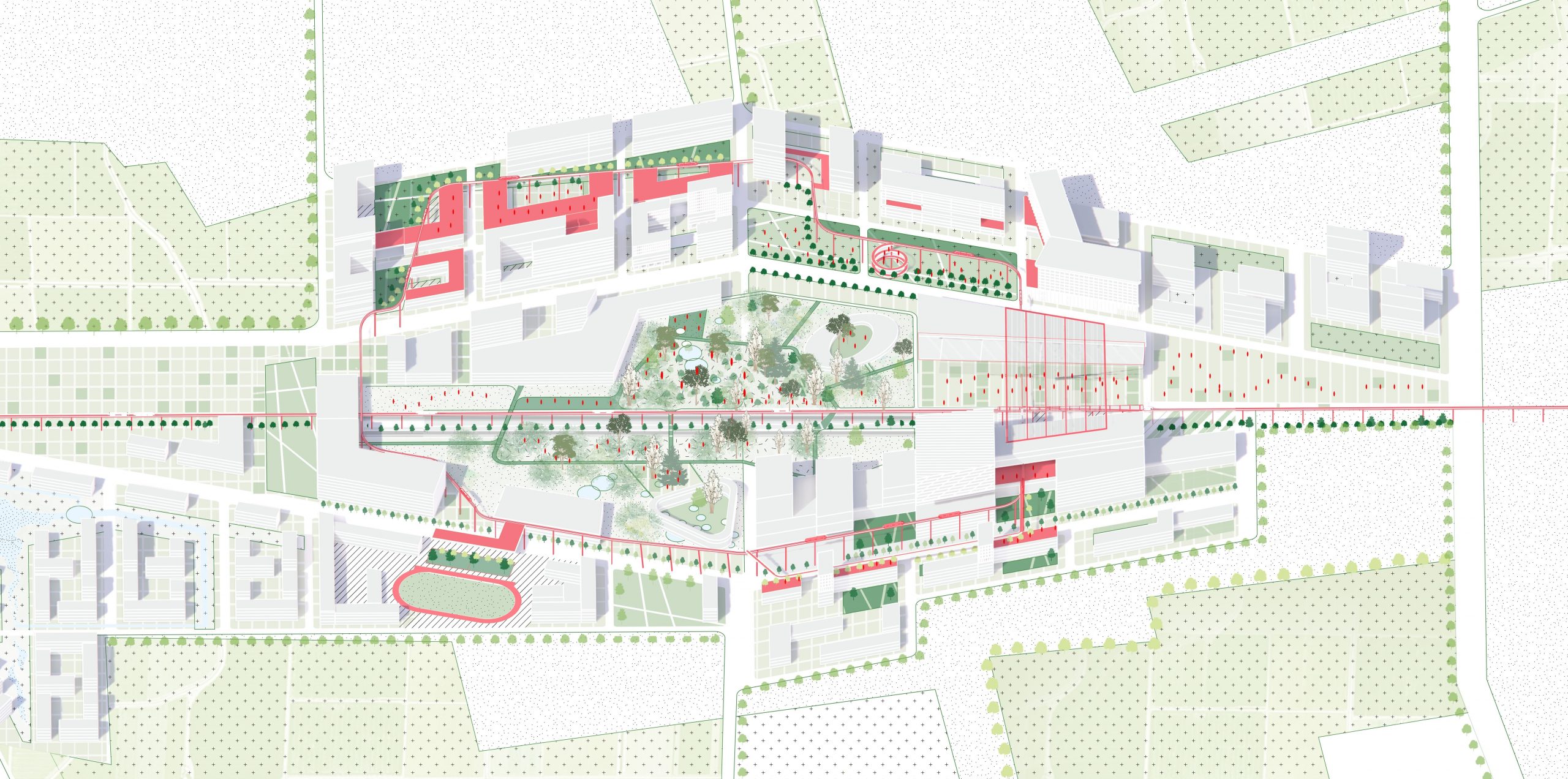
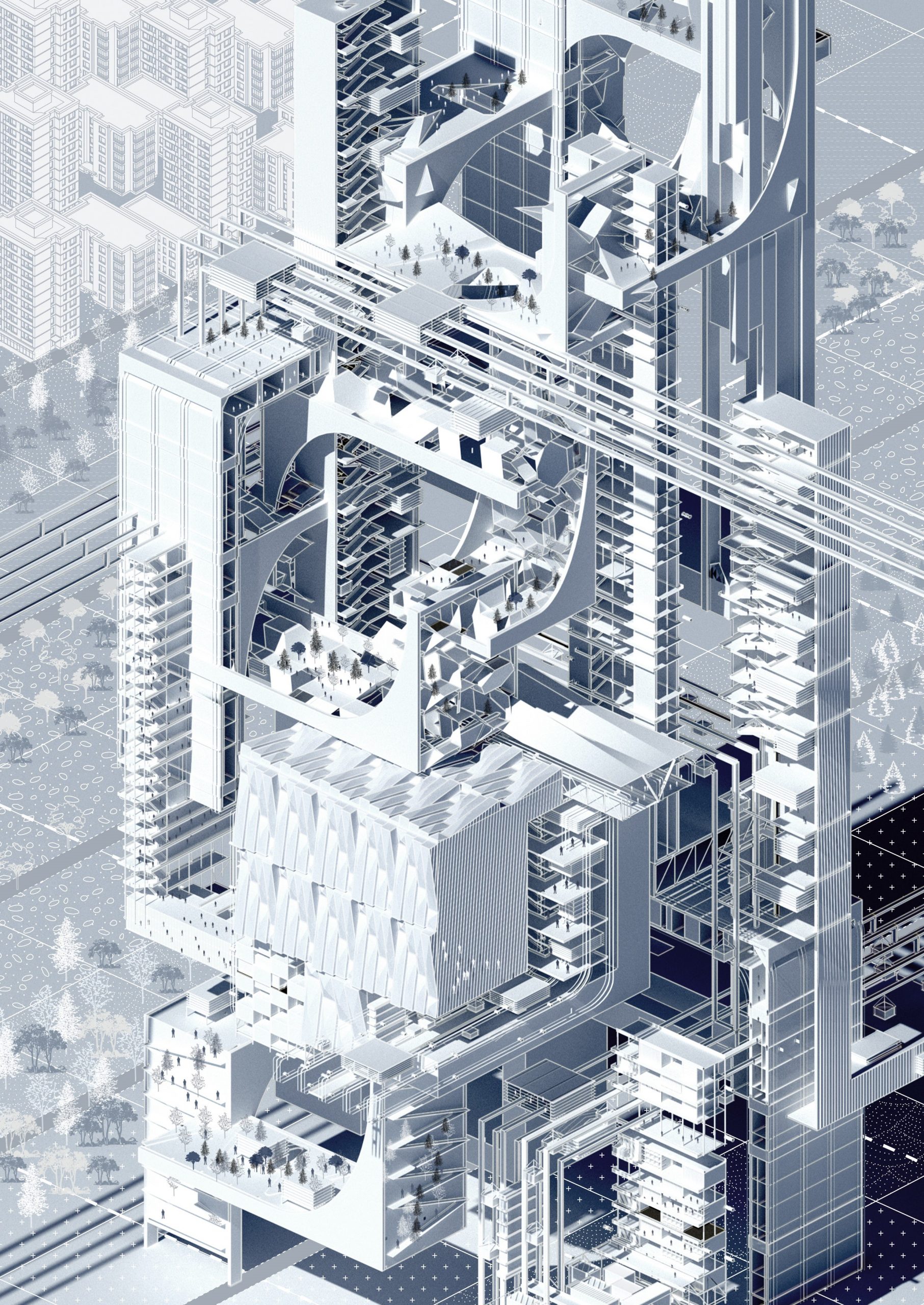
Alright, so let’s move onto what keeps you busy professionally?
My design work often starts from very abstract, sometimes even philosophical ideas — but I always try to ground them through real, tangible spatial strategies. I think what sets me apart is that I view architecture and urban design not just as creating physical objects, but as creating mediums that can connect people to society, to each other, and to invisible emotional landscapes.
One thing I’m most proud of is how each of my projects attempts to build a dialogue between internal human experiences — such as memory, belonging, and creativity — and external forces like site conditions, climate, or urban context. For example, in my project Architecture as an Instrument, I aimed to create a dialogue between the emotional need for belonging among young musicians and the harsh realities they face due to limited budgets for both housing and music. I designed an affordable apartment to support these musicians, many of whom live far from their hometowns and struggle financially. The design provides not only basic living space but also shared areas for music practice and performance, helping them reconnect with a sense of identity and community. The project also explores the quality and path of sound, investigating how music can be integrated into the architecture itself. In these performance spaces, architecture becomes a medium whose form is shaped by the transmission of sound.
In another project, The L-Shaped City, I began with a basic “L” unit to reimagine how cities could develop in a more human-oriented way. The project aims to explore and construct spaces that embody a Spirit of Place, particularly in the context of increasingly fragmented cities and unordered villages.
The journey to get here definitely wasn’t easy. Switching from architecture to urban design meant rethinking a lot of what I used to take for granted. And as an Asian student studying and working in the U.S., there were extra layers of challenge — navigating cultural differences and building trust in unfamiliar contexts.
One of the biggest lessons I’ve learned is that “design thinking” isn’t about imposing ideas — it’s about creating opportunities for different voices, different rhythms, and different ways of life to coexist and grow.
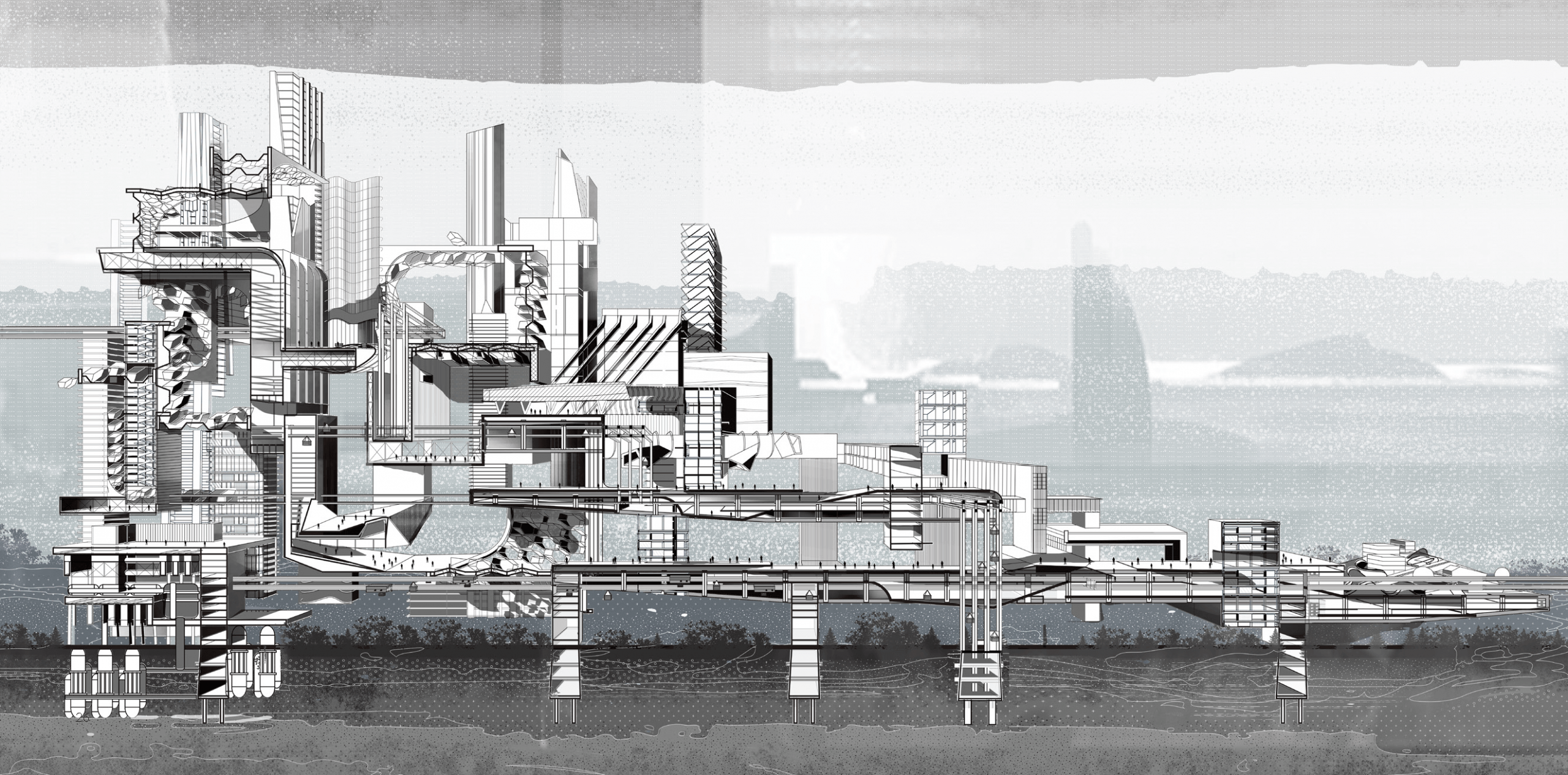

Any places to eat or things to do that you can share with our readers? If they have a friend visiting town, what are some spots they could take them to?
LA has so many incredible art spaces surrounded by nature that are worth exploring. The first place I’d take them would be the Huntington Library — a beautiful complex that includes a library, an art museum, and botanical gardens. We’d wander through the Chinese and Japanese gardens, sit quietly in the desert garden, and get lost in the rare books collection. And we wouldn’t miss the gift shop — it features works by local artists and even sells tea grown right there in the garden.
Next, I would take them to The Getty — not just for the art, but for the architecture, the hilltop gardens, and the view over the entire city. We would spend hours just walking the outdoor terraces, talking, and letting the city feel far away.
One thing that you can not miss in LA is definitely the beach. I’d bring them to Long Beach — explore the waterfront, the Aquarium of the Pacific, and stroll down the quieter parts of the shoreline. We might rent bikes and ride along the coast, or just sit at a café with iced coffee and watch the sunset. And if we’re lucky, we could even catch some local live music in the evening.
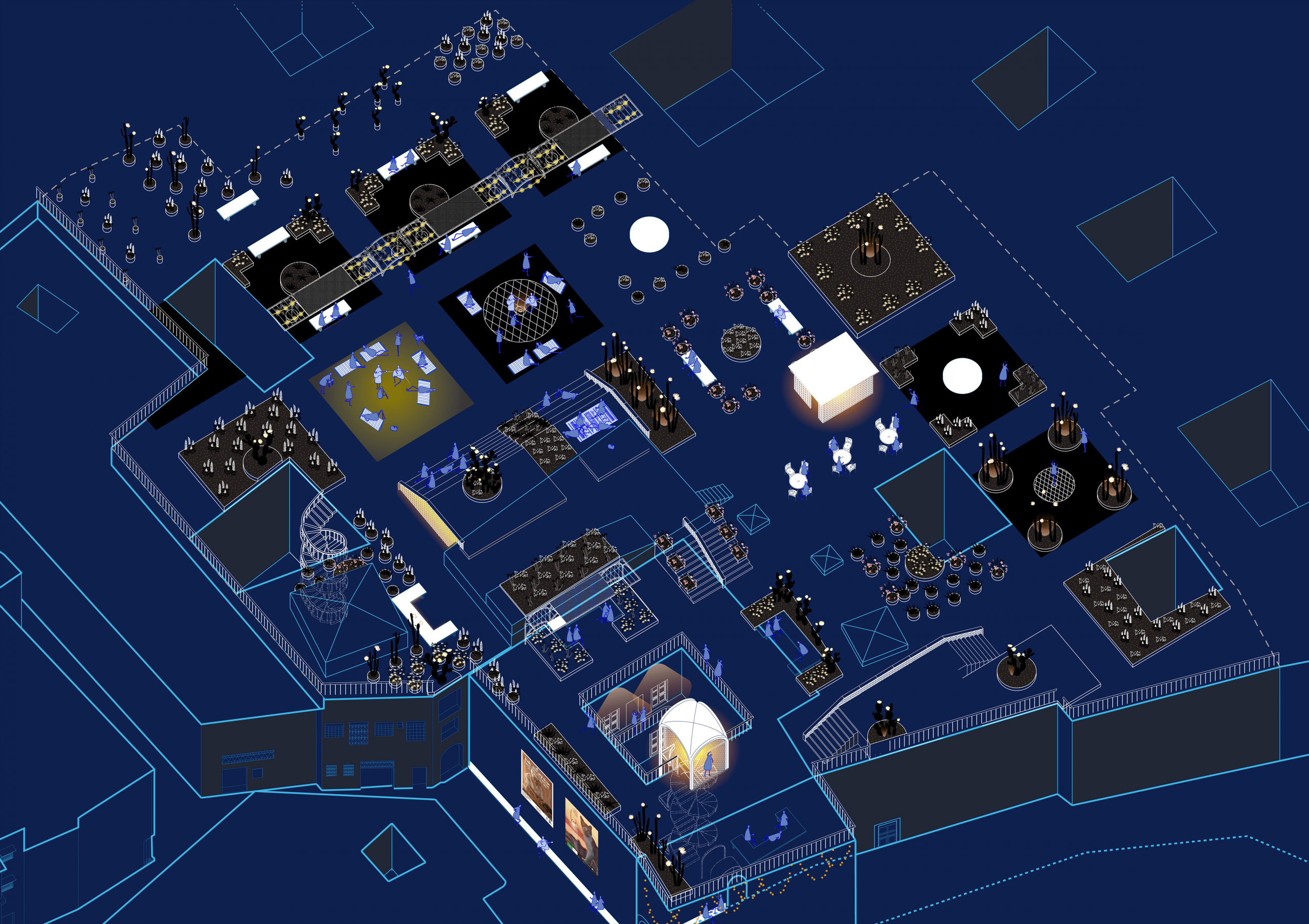
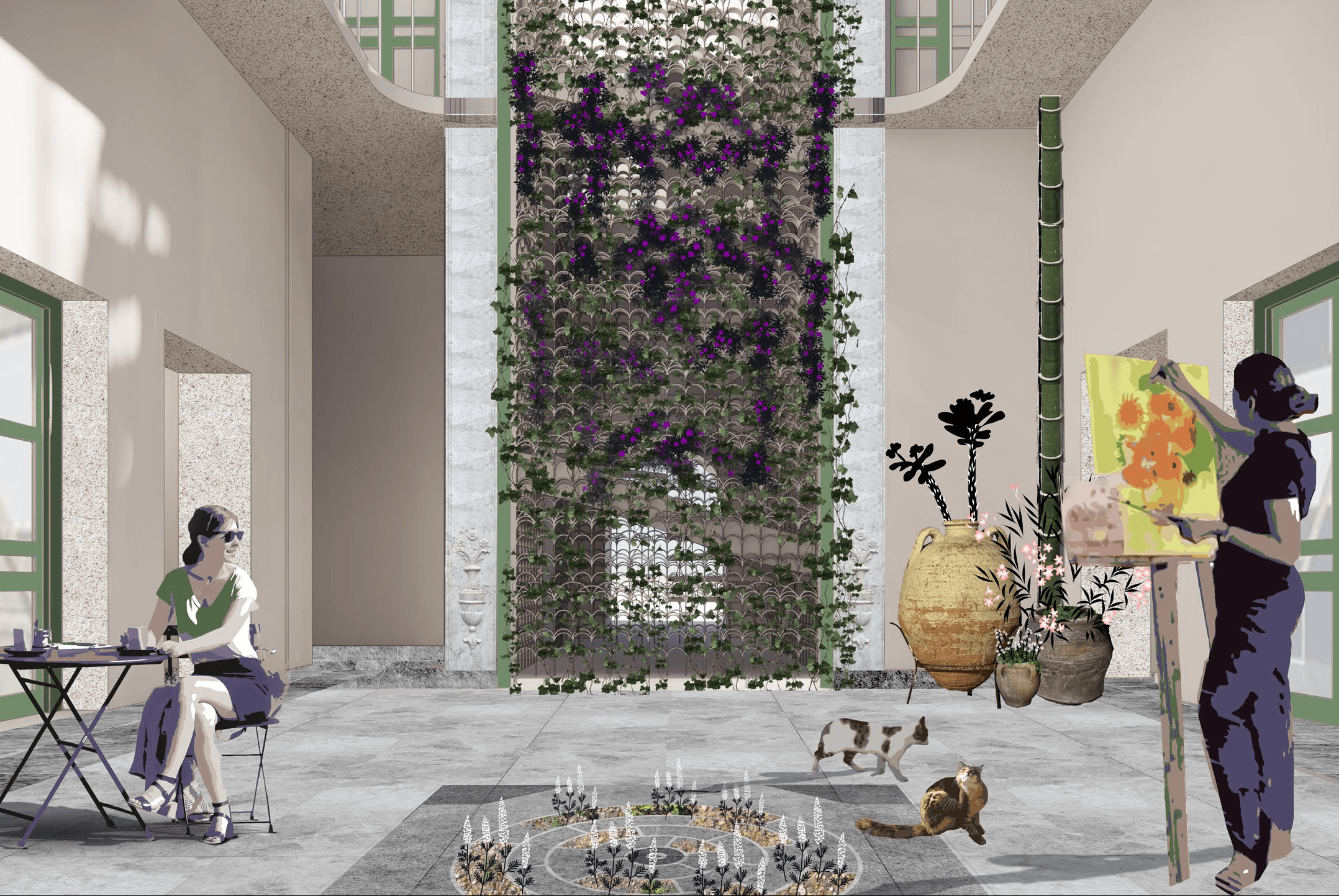
Shoutout is all about shouting out others who you feel deserve additional recognition and exposure. Who would you like to shoutout?
Absolutely! I feel so lucky to have met so many people in my journey. If I had to pick one, I would dedicate my shoutout to all the professors and mentors I met during my time at Harvard GSD. Many of them are pioneers who helped define the field of urban design. What really stayed with me wasn’t just their knowledge, but their attitude — the way they approached cities, society, and design with long-term vision and deep empathy.
Harvard also provided me with a platform to connect with the world. One unforgettable experience was during a studio project in Tunisia, where we collaborated with local residents, students, and UNESCO teams on cultural preservation and urban renewal. I really appreciate this experience that opens up conversations between very different communities.
I also want to give credit to all the friends and collaborators I worked with, especially during those long studio nights. Most of the creative design ideas came from the over and over conversations, arguments, encouragement. I’m really grateful for that.
Website: https://issuu.com/yingzhihe9287/docs/working_for_issuu-a
Instagram: https://www.instagram.com/urban.medium?igsh=MTNxMmhwdzV3eXl6NA%3D%3D&utm_source=qr
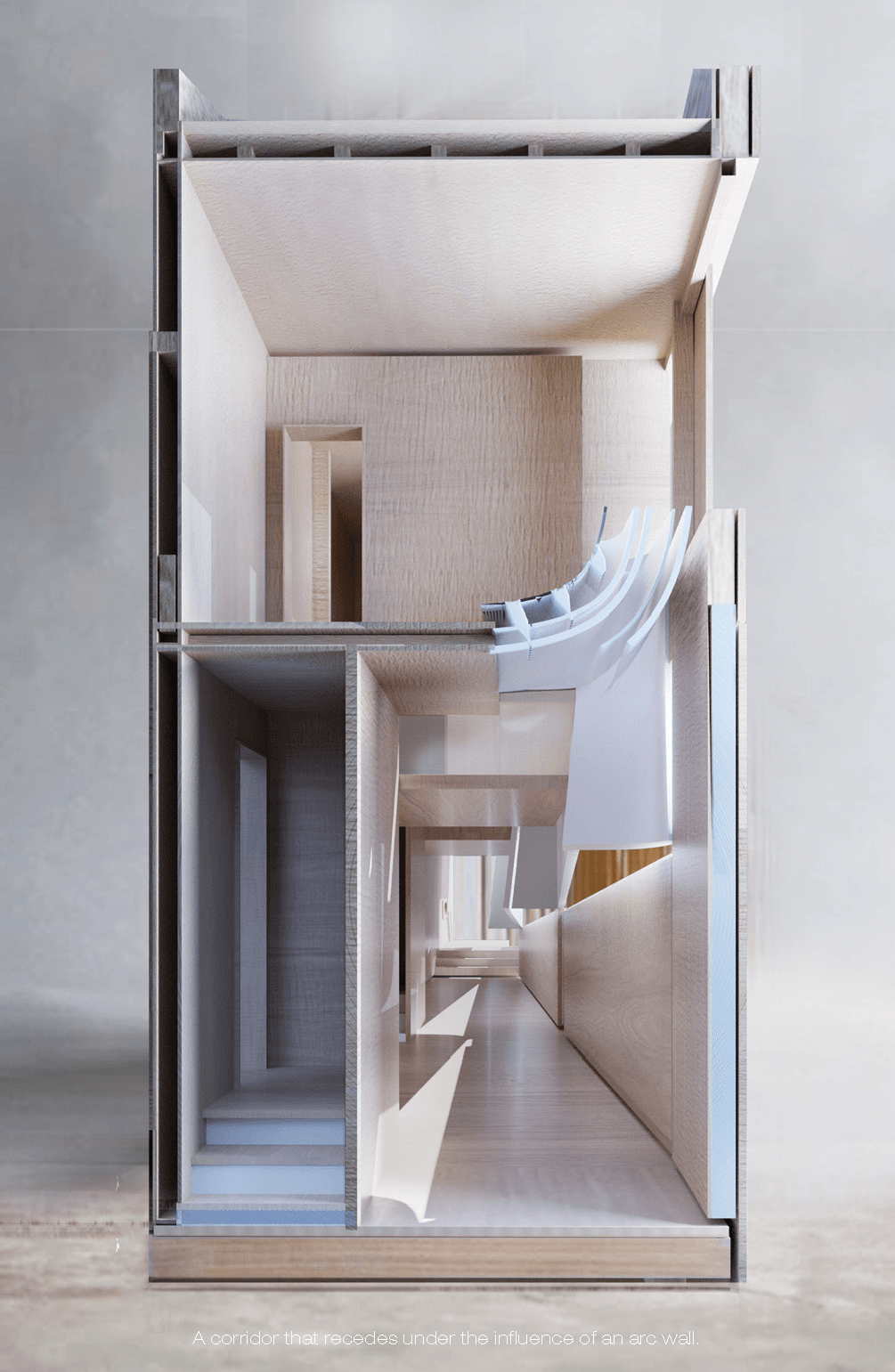
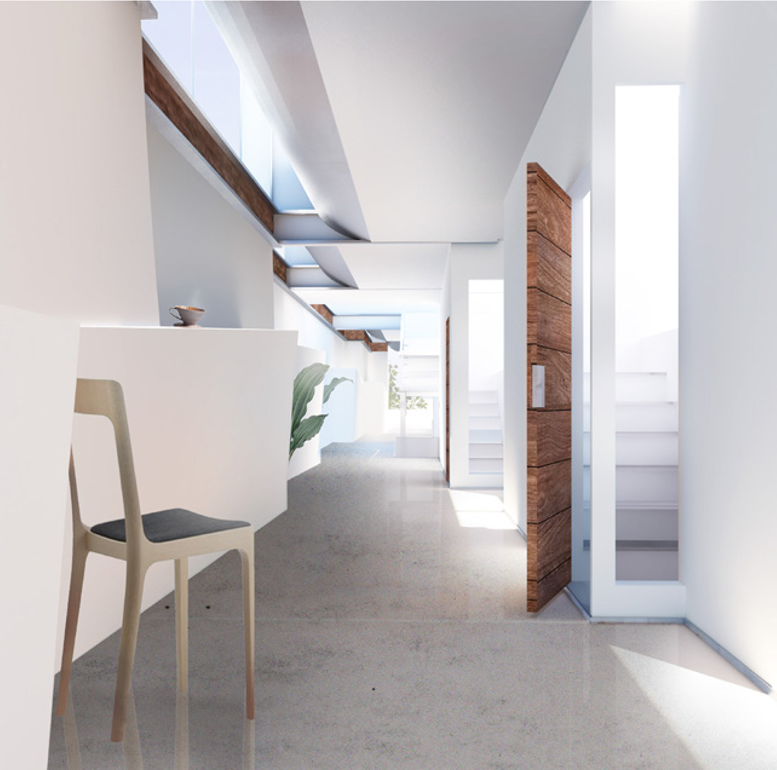
Image Credits
Project 3: Yingzhi He, Jiin Chio, Daye
Other projects: Yingzhi He
